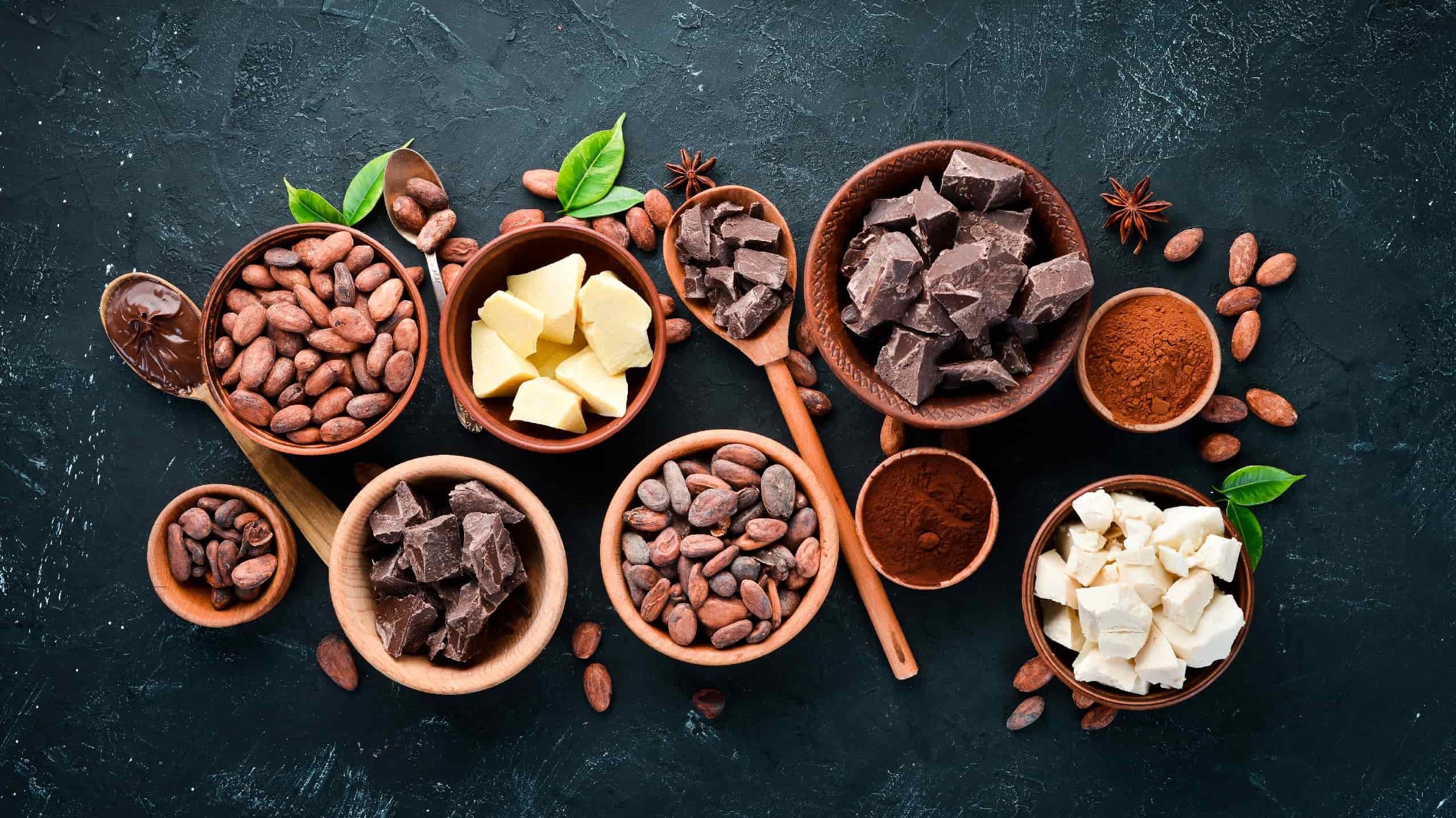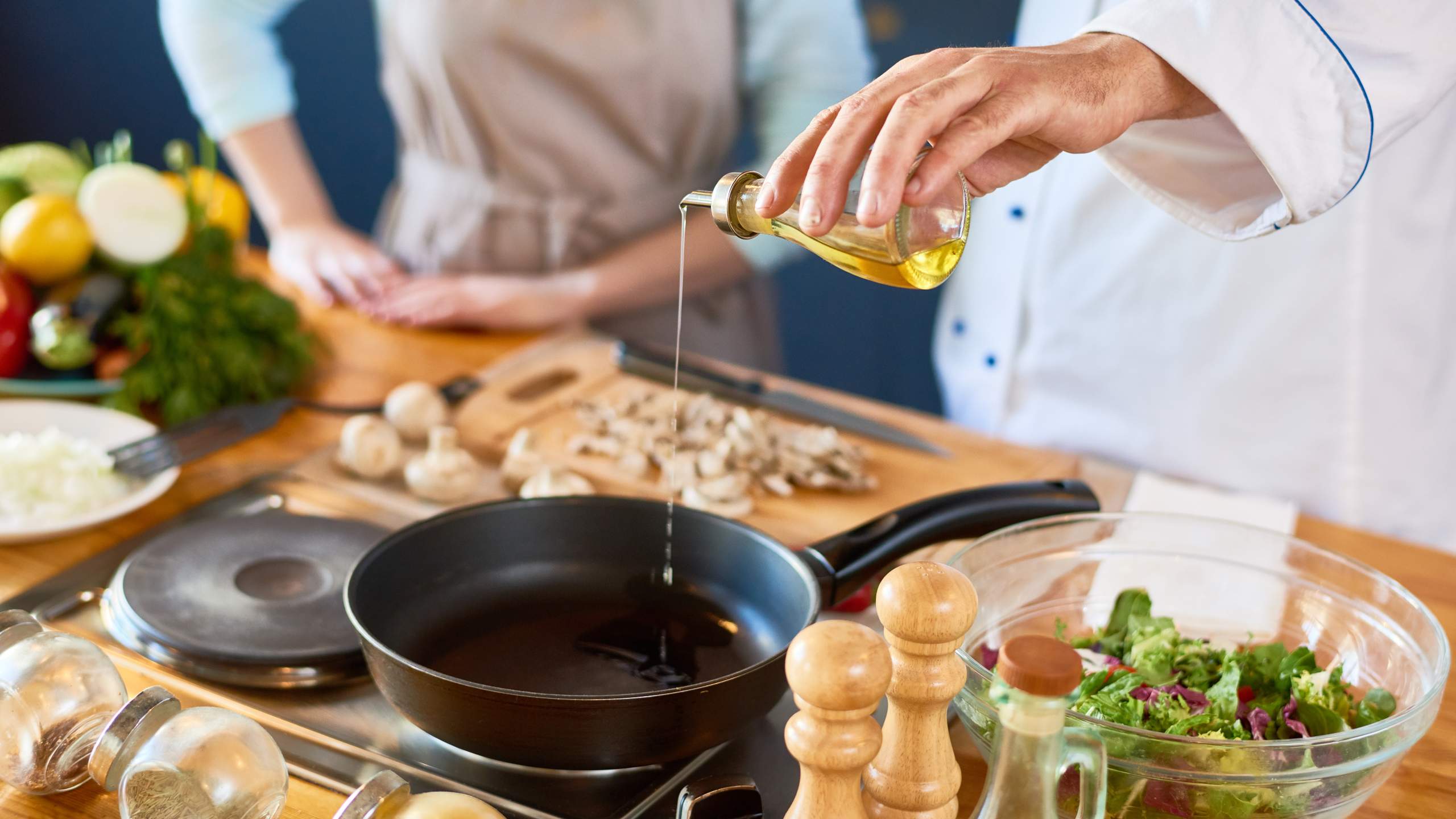Can chocolate be bittersweet?
Cocoa is the raw material from which chocolate is made. This delicious, mouth-watering treat is appreciated all over the world. Between 2021 and 2022 alone, almost five million tonnes of cocoa are estimated to have been produced, in order to meet global demand – which continues to rise. Africa is the largest cocoa-producing region, accounting for 77% of global production.
Behind the sweetness of chocolate, however, there is often a bitter aftertaste. About 90% of the purest cocoa is produced by small-scale farmers who struggle with climate change and low profitability. Let’s dive into cocoa.
Demystifying cocoa beans
The cocoa tree is the plant that originate cocoa beans. It needs three to five years to yield a full crop, and its lifespan reaches 25 years. Production requires very specific weather, such as tropical and humid climates near the equator where rainfall is intense and frequent.
Côte d’Ivoire is one of the largest producers, from where more than 1/3 of the global cocoa production originates. The African country alone has around 2.8 million hectares of cocoa production soil (about the size of Belgium), cared for by over 600,000 small-scale farmers.
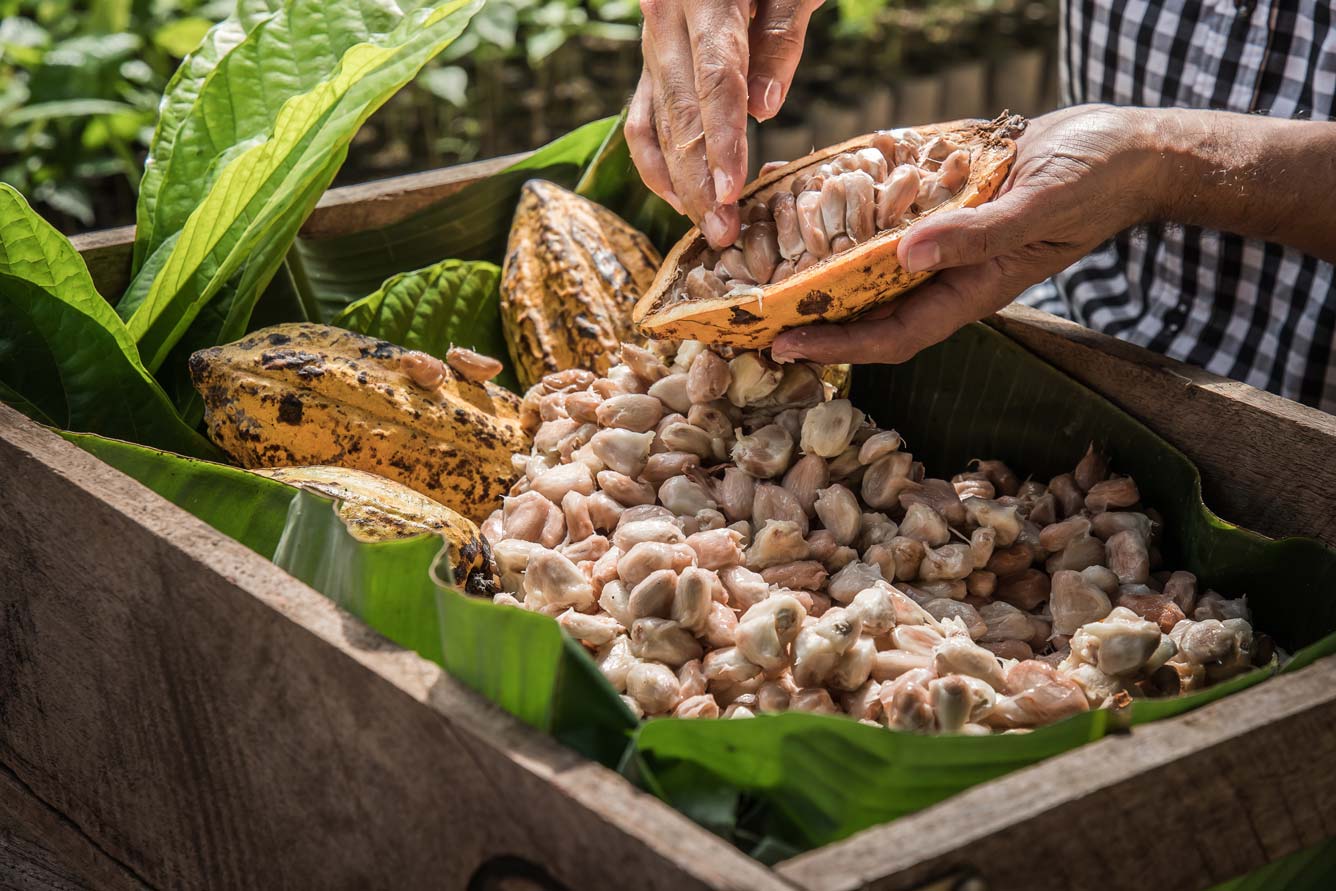
As the negative consequences of climate change such as rising temperatures and poor rainfall become more noticeable, cocoa production faces increasing challenges. Forecasts show that maximum and minimum temperatures in the cocoa regions of Ghana and Côte d’Ivoire will progressively increase by around 2 °C, by 2050 – meaning that the privileged strip of land where cocoa production takes place will soon be at risk.
Pressure on cocoa farmers
At the same time, the pressure associated with the increase in global demand for this raw material is leading farmers and producers to resort to deforestation so that they can produce cocoa more intensively. There are great risks to this, namely the destruction of natural habitats and the contamination of soils and bodies of water.
Smart climate management techniques can help minimize the impacts on cocoa production, and non-profits such as the Rainforest Alliance try to show local farmers and producers that it is possible to implement sustainable farming programmes. To reconcile the preservation of natural resources with the productivity of cocoa production, these organisations encourage farmers to use specific plants that protect soils from heavy rainfall, as well as water-saving systems and natural pesticides that do not pollute soil or water.
Another mission of these NGOs is to ensure fair living and working conditions by, for example, ensuring that a premium is paid to producers as a reward for implementing more sustainable agricultural practices, or for obtaining sustainable certifications. Certified farms and plantations are regularly inspected according to strict environmental, social and economic criteria, aimed at protecting biodiversity and fostering a culture of respect for workers and local communities.
From cocoa beans to chocolate bars
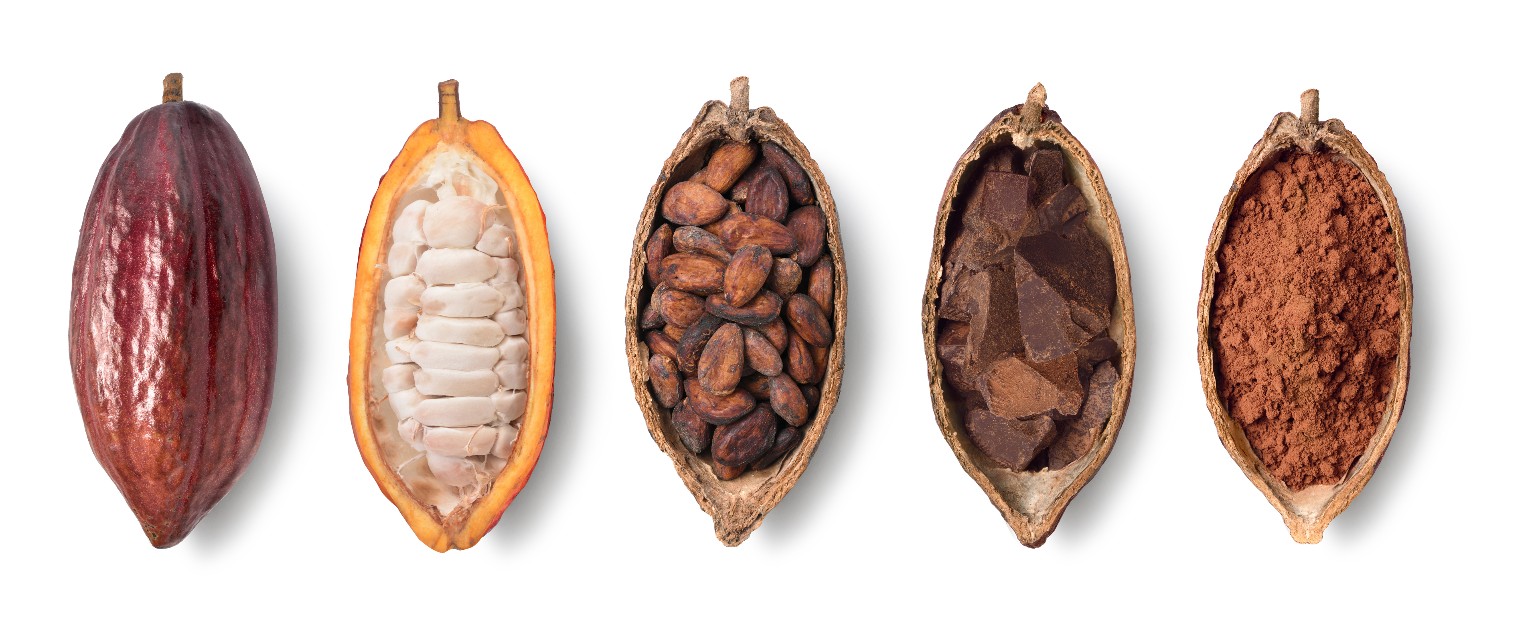
It’s easy to add a chocolate bar (or more) to your shopping trolley… The process of transforming cocoa beans into chocolate, however, is quite intricate, and it’s worth knowing:
- It all begins with the cocoa plants, the trees whose fruits contain the cocoa beans; the fruits are harvested manually.
- Each fruit is opened and the grains (beans), white in colour and bitter in taste, are extracted.
- The grains are stored in a warm place and left to ferment, a process that strips them of some of the bitterness.
- Once the fermentation is complete, the beans are laid in the sun to dry, acquiring a dark colour.
- The dried, dark beans are then transported to processing plants; after being cleaned, the process of winnowing begins: the grain shells are removed and the kernels are then cracked mechanically, resulting in small cocoa nibs.
- The cocoa nibs are roasted, so that their aroma develops, and go into a grinder; the liquid paste that results from this process is called “cocoa liquor”.
- Depending on the intended final product, the raw material is handled differently. For the classic dark chocolate, sugar is added to the cocoa liquor.
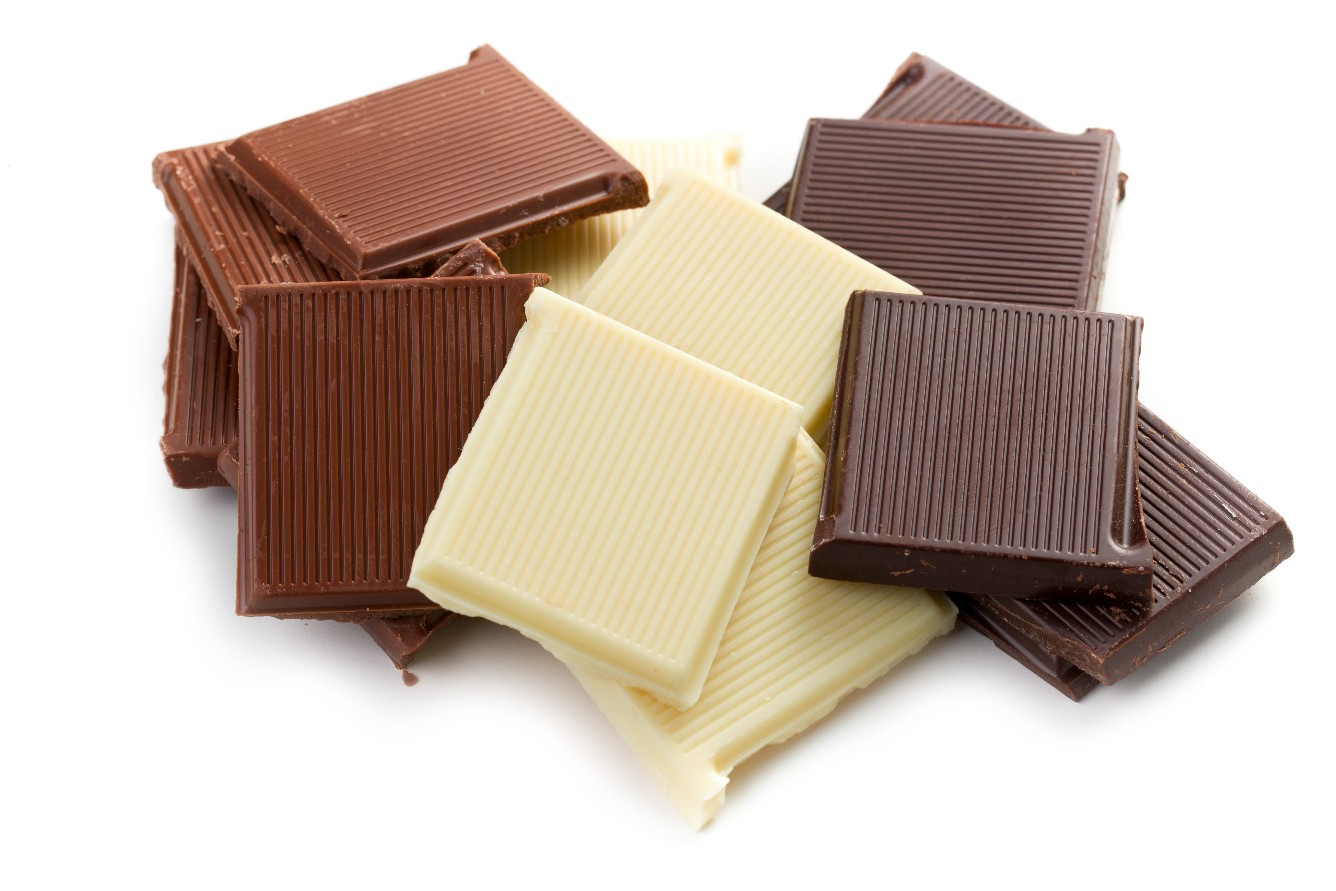
But not everyone appreciates the bitter taste of dark chocolate. How, then, do other flavours such as milk chocolate and white chocolate come to be? To achieve this, the cocoa liquor is put through a special, high-pressure machine that separates it into two components: the cocoa butter (with saturated fat) and the cocoa solids, the purest part, which becomes cocoa powder. Mix the cocoa butter with cocoa liquor, sugar, and milk… et voilà, you get milk chocolate. For white chocolate, this mixture is only cocoa butter, sugar, and milk – no cocoa liquor.
With different ingredients, we get different chocolate products. From simple dark chocolate to more elegant chocolate with orange, pepper, or almonds, all it takes is the blink of an eye – and the magic of those who know how to balance ingredients and combine flavours, in the right doses.
What are the benefits of cocoa?
Cocoa is not the same as chocolate. Cocoa is the fruit from which chocolate is made. As such, chocolate will borrow some nutrients of cocoa – the higher the content of cocoa, the more nutrients the resulting chocolate will have. However, even pure cocoa is mostly composed of fat (containing saturated fat) despite its low sugar content, so it should be consumed in moderation.
The most nutritionally interesting way to include this food in your diet is through cocoa powder (100% cocoa), to add, for example, to pancakes, biscuits, cakes, milk, or milkshakes.
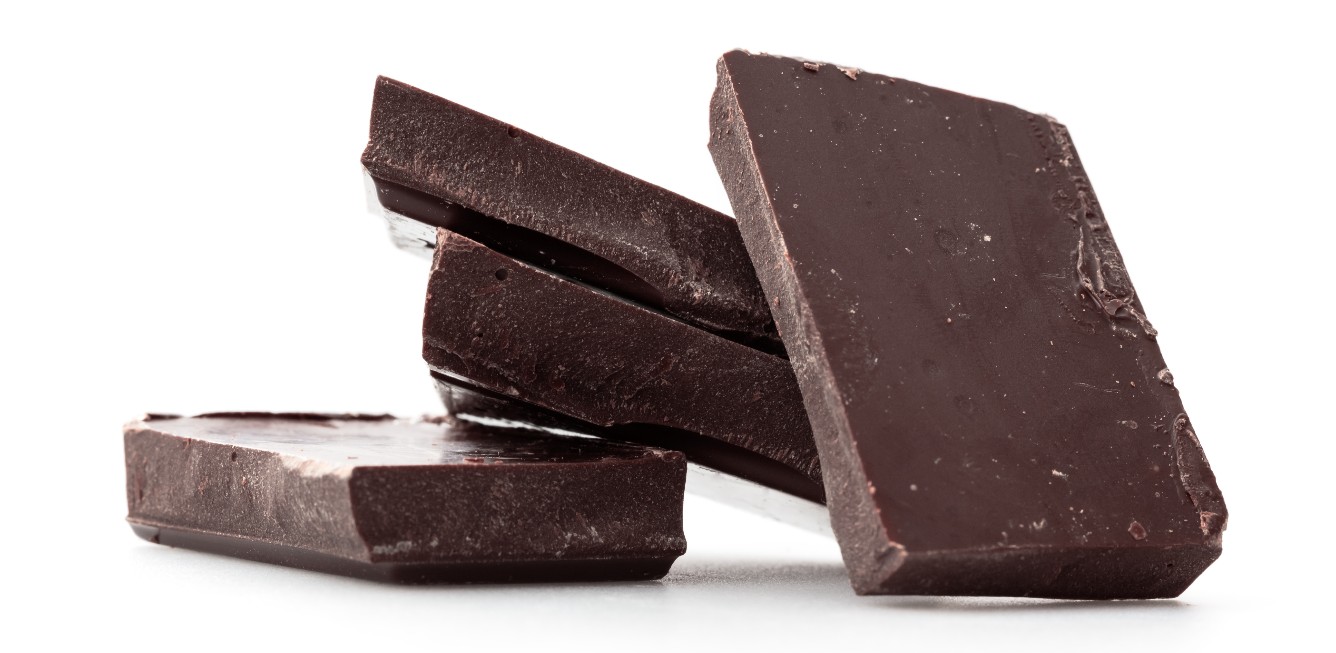
The second most nutritionally balanced option is dark chocolate. The higher the percentage of cocoa, the closer the chocolate will be to the raw material in its purer state, and the more nutrients of the original fruit this piece of candy will have.
One of the health benefits associated with cocoa results from the presence of flavonoids. Flavonoids help the cardiovascular system by helping to maintain the elasticity of blood vessels and contribute to normal blood circulation. Pure cocoa powder has the highest amounts of flavonoids, followed by dark chocolate, and then by milk chocolate. On the contrary, white chocolate does not contain flavonoids, being composed of mostly cocoa butter and sugar.
Other nutrients present in cocoa and their benefits are:
- Zinc and iron, which contribute to a normal cognitive function;
- Folic acid, which strengthens the immune system;
- Folates, magnesium and iron, which can help reduce tiredness and fatigue;
- Magnesium, which contributes to the normal functioning of the nervous system;
- Potassium, which helps maintain normal blood pressure values, and also benefits the nervous system.
Chocolate can thus be included in a varied and balanced diet – provided that it is consumed in moderation.
Choosing the right chocolate
Besides the nutritional issues, there are other factors to consider when choosing a chocolate.
Prefer products that have organic production certification, ensuring the reduction of the environmental impacts of agriculture, and FairTrade certification, which protects producers against unfair trading policies. Just look for their logos on the packages.
Pingo Doce, in Portugal, and Biedronka, in Poland, have more than 50 products from their own private brands that contain cocoa with Rainforest Alliance/UTZ or Fairtrade certification. At Pingo Doce, you can find Go Bio Organic Dark Chocolate, with 74% Cocoa, and Dark Chocolate 95% Cocoa, with a FairTrade-certified cocoa.
Cocoa fun facts
|
